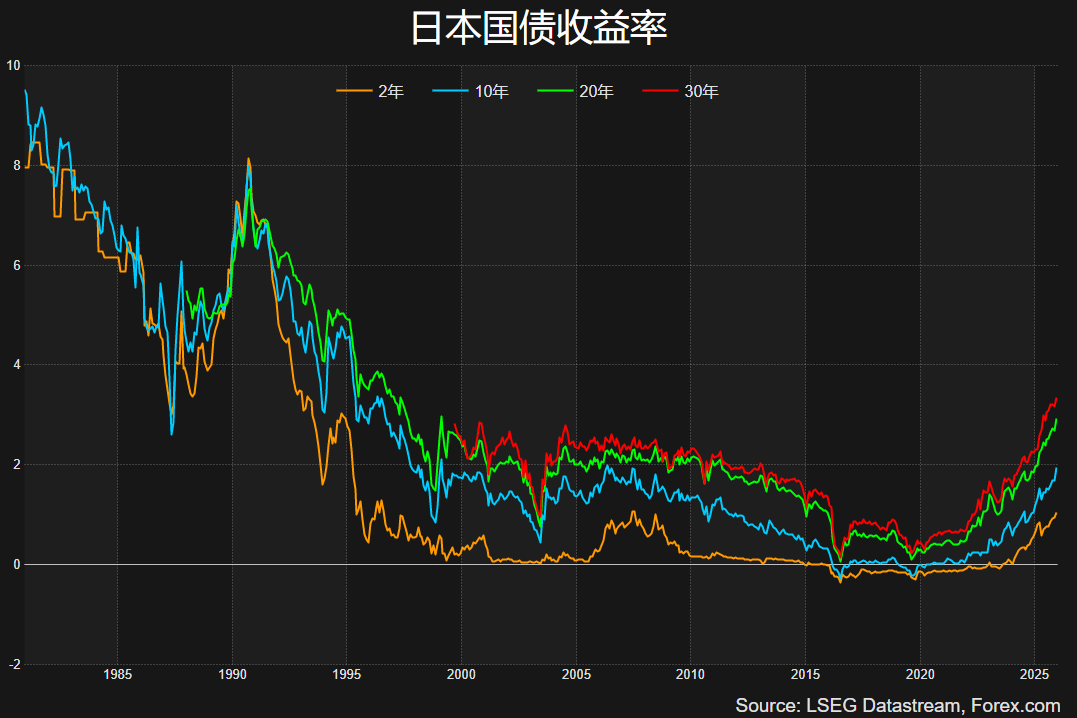"Chipmaker's Earnings Surge, But China Restrictions Cast a Shadow"
- Nvidia reported Q2 adjusted EPS of $1.05 and $46.7B revenue, exceeding forecasts despite China H20 chip sales exclusion. - $60B share buyback announced, but shares fell 4% post-earnings due to mixed guidance and Q3 revenue forecast below high-end expectations. - Data center revenue reached $41.1B (72.4% gross margin), with 50% from cloud providers, though H20 sales cuts caused $4B sequential decline. - Trump's 100% China chip tariff (Nvidia exempt) and policy reversals create uncertainty, while $4T marke
Nvidia reported stronger-than-expected second-quarter earnings, posting adjusted earnings per share of $1.05 and revenue of $46.743 billion, both exceeding analyst forecasts [1]. The results were driven by robust performance across key segments, with data center revenue reaching $41.1 billion, narrowly missing analyst estimates of $41.2 billion [2]. The chipmaker also announced an additional $60 billion in share buybacks, signaling continued confidence in its financial position despite ongoing regulatory and geopolitical headwinds [1]. Despite the positive earnings, shares fell more than 4% in after-hours trading, a reaction attributed to mixed guidance on future performance [2].
The company’s Q3 revenue forecast of $54 billion plus or minus 2% was slightly above the consensus estimate of $53.4 billion, but fell short of some high-end expectations [2]. Notably, the forecast excludes any H20 chip sales to China, a decision reportedly influenced by Beijing’s push for companies to avoid those products [1]. Nvidia confirmed that no H20 sales occurred in Q2 and none are expected to be included in future projections [1]. This aligns with broader U.S.-China export restrictions, which continue to pose challenges for the semiconductor giant [1].
Gaming revenue for the quarter reached $4.3 billion, outperforming analyst expectations [2]. However, data center compute revenue declined 1% sequentially, primarily due to a $4 billion reduction in H20 sales [2]. Approximately 50% of Nvidia’s data center revenue came from large cloud service providers, highlighting the continued importance of enterprise clients to its business model [2]. The company’s gross margin for the quarter reached 72.4%, a strong figure that underscores the profitability of its high-end offerings [1].
Nvidia’s performance also occurs against the backdrop of shifting U.S. policy under President-elect Donald Trump, who has reversed and reimposed restrictions on chip sales to China. Trump’s administration initially banned sales in April but reversed the ban in July, adding a 15% fee on such transactions [2]. Additionally, Trump announced a 100% tariff on semiconductor shipments into the U.S., with Nvidia reportedly exempt due to its domestic manufacturing commitments [2]. These policy shifts introduce uncertainty for the company’s international operations but offer some clarity in the near term.
The earnings report has also sparked interest in the cryptocurrency and altcoin markets, with analysts suggesting that Nvidia’s performance could influence demand for GPU-based mining operations [3]. The company’s dominance in AI and semiconductor technology continues to position it as a key player in both traditional and emerging technologies. With a stock price up over 35% year to date and a recent market capitalization topping $4 trillion, Nvidia remains a focal point for investors tracking the intersection of AI and financial markets [2].

Disclaimer: The content of this article solely reflects the author's opinion and does not represent the platform in any capacity. This article is not intended to serve as a reference for making investment decisions.
You may also like
$15B Sell-Off Risk if MSCI Implements 50% Crypto DAT Rule

Bitcoin Investment Obsession: Why Wall Street Blindly Ignores DeFi’s Explosive Growth
SEC Opens Public Consultation on Crypto Trading Rules